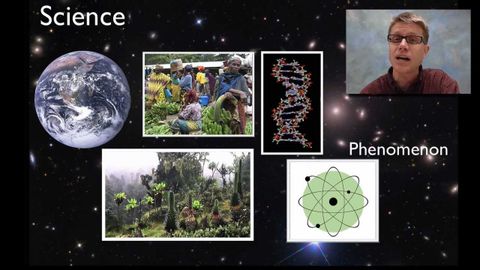Practice 1 - Asking Questions and Defining Problems
Why Why 發佈於 2013 年 03 月 25 日  沒有此條件下的單字
沒有此條件下的單字US /ˈprɑbləm/
・
UK /ˈprɒbləm/
- n. (c./u.)問題;難題;數學習題;電腦問題;難搞的人
- adj.問題的
- adj.年老的;舊;舊的;古老的;以前的;舊的
- n. (c./u.)舊東西
US /ˈkwɛstʃən/
・
UK /'kwestʃən/
- v.t.提問;詢問;對...抱有懷疑的態度;審問;質疑
- n. (c./u.)(正在解決的)問題;問題;疑問
